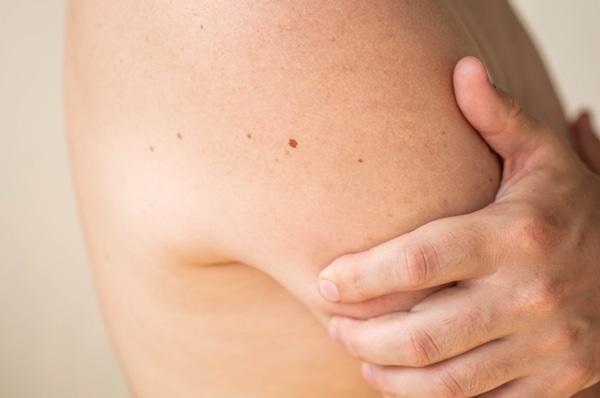Following Up With Your Primary Care Nurse Practitioner After Procedure

Following up with your nurse practitioner after your procedure is an important step in maintaining your health after the procedure is done. The nurse practitioner can make sure you are healing properly and that there are no signs of infection. Read on to learn about the importance of following up.
Reasons to follow up
After a medical procedure such as a surgery, a patient may experience a number of health risks during the recovery period. These may include:
- Bleeding: a patient may bleed around the site of the procedure. This is especially true if stitches or sutures were used to close the site after the procedure and the stitches came out. Sometimes the stitches are not put in correctly, and sometimes the patient unintentionally pulls them out. While bleeding is not always dangerous, it can become a problem if it continues for too long. Excessive bleeding can cause the surrounding tissues to die
- Discomfort or pain: the procedure itself will most likely not cause much pain. However, after the anesthesia has worn off, it is likely that the patient will experience pain or discomfort at the site of the procedure. In some cases, this pain can even limit the movements of the patient
- Infections: one of the most common risks of a procedure such as surgery is an infection at the site of the procedure. This may happen because of bacteria at the facility where the procedure was done
Seeing a primary care nurse practitioner after a procedure can help the practitioner identify these risks during the healing process. The goal of the primary care nurse practitioner is to make the healing process as safe and quick as possible for the patient. The nurse practitioner can help reduce or even eliminate the risks above. The practitioner may do this by instructing the patient in the proper care of the wound. The practitioner may also make sure the patient is taking any medications, such as antibiotics, that were prescribed after the procedure.
What to expect at a follow-up appointment
A follow-up appointment after a procedure is generally a quick and painless procedure. The nurse practitioner will check the wound to ensure it is healing properly, and the practitioner will not do anything to it unless it is necessary.
For example, many surgeons use absorbable stitches. These stitches do not need to be removed after the surgery, and so the nurse practitioner would not do anything at this follow-up appointment. On the other hand, some types of stitches will need to be removed by the practitioner. Patients with non-absorbable stitches can expect to have these removed during a follow-up appointment.
Visit a nurse practitioner today
After any type of procedure, it is important to have a follow-up appointment. This can help make sure you are on track to heal quickly and safely. Nurse practitioners are trained to manage risks from procedures. By following their instructions, you can make your follow-up appointment productive.
Get more information here: https://www.janeylhammonsnpc.com or call Janey L Hammons NP-C at (580) 922-4406
Check out what others are saying about our dental services on Yelp: Nurse Practitioner in Seiling, OK.
Recent Posts
Skin biopsies are common procedures that medical professionals use to diagnose various skin conditions, such as a rash, infections, inflammatory conditions, and skin cancer. While this procedure can make first-time patients a little nervous, it is a straightforward diagnostic process that can help providers rule out serious health conditions. Knowing what to expect can help…
Being sick often comes at impromptu times. Most will try to nurse themselves back to health using at-home remedies, but others require a sick visit to a medical practitioner. The latter is often an ideal choice when symptoms become too severe or have drawn out past what is typical for a common sickness, such as…
Hydration therapy is an effective approach to improving your well-being and staying healthy. There are many reasons why you might be dehydrated, like not drinking enough fluids regularly, consuming alcohol, or having stomach bugs.Some signs and symptoms that you might be dehydrated include extreme thirstiness, lightheadedness, dry mouth, dark or strong-smelling urine, not urinating as…
Certain medical professionals are approved to perform sports physical on children and teenagers. These include medical doctors, chiropractic doctors, physician assistants and registered nurses. They all have the training and knowledge to ensure that athletes are not at risk during sports. If you are wondering why your child needs one of these physicals, keep reading…


